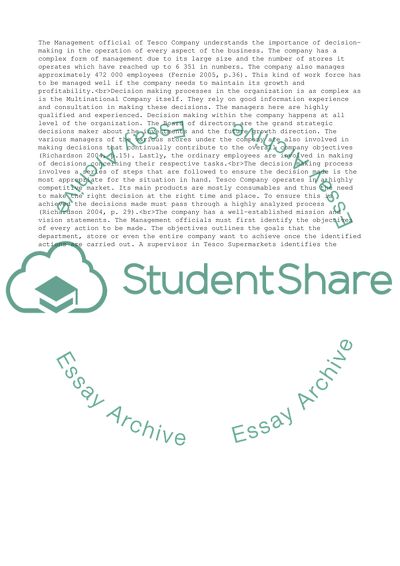Cite this document
(Managing communication, knowledge and information Essay - 1, n.d.)
Managing communication, knowledge and information Essay - 1. https://studentshare.org/management/1775066-managing-communication-knowledge-and-information
Managing communication, knowledge and information Essay - 1. https://studentshare.org/management/1775066-managing-communication-knowledge-and-information
(Managing Communication, Knowledge and Information Essay - 1)
Managing Communication, Knowledge and Information Essay - 1. https://studentshare.org/management/1775066-managing-communication-knowledge-and-information.
Managing Communication, Knowledge and Information Essay - 1. https://studentshare.org/management/1775066-managing-communication-knowledge-and-information.
“Managing Communication, Knowledge and Information Essay - 1”. https://studentshare.org/management/1775066-managing-communication-knowledge-and-information.


